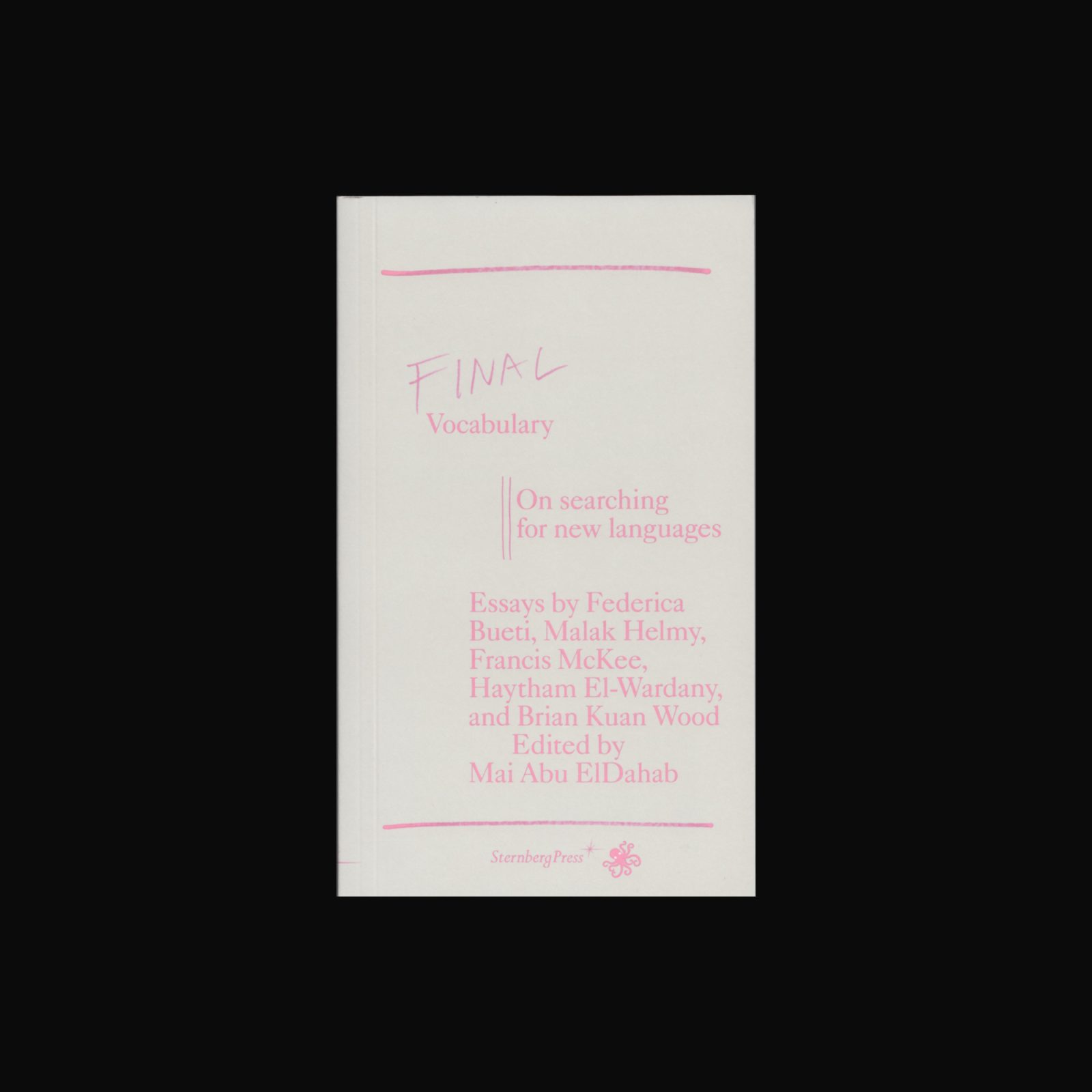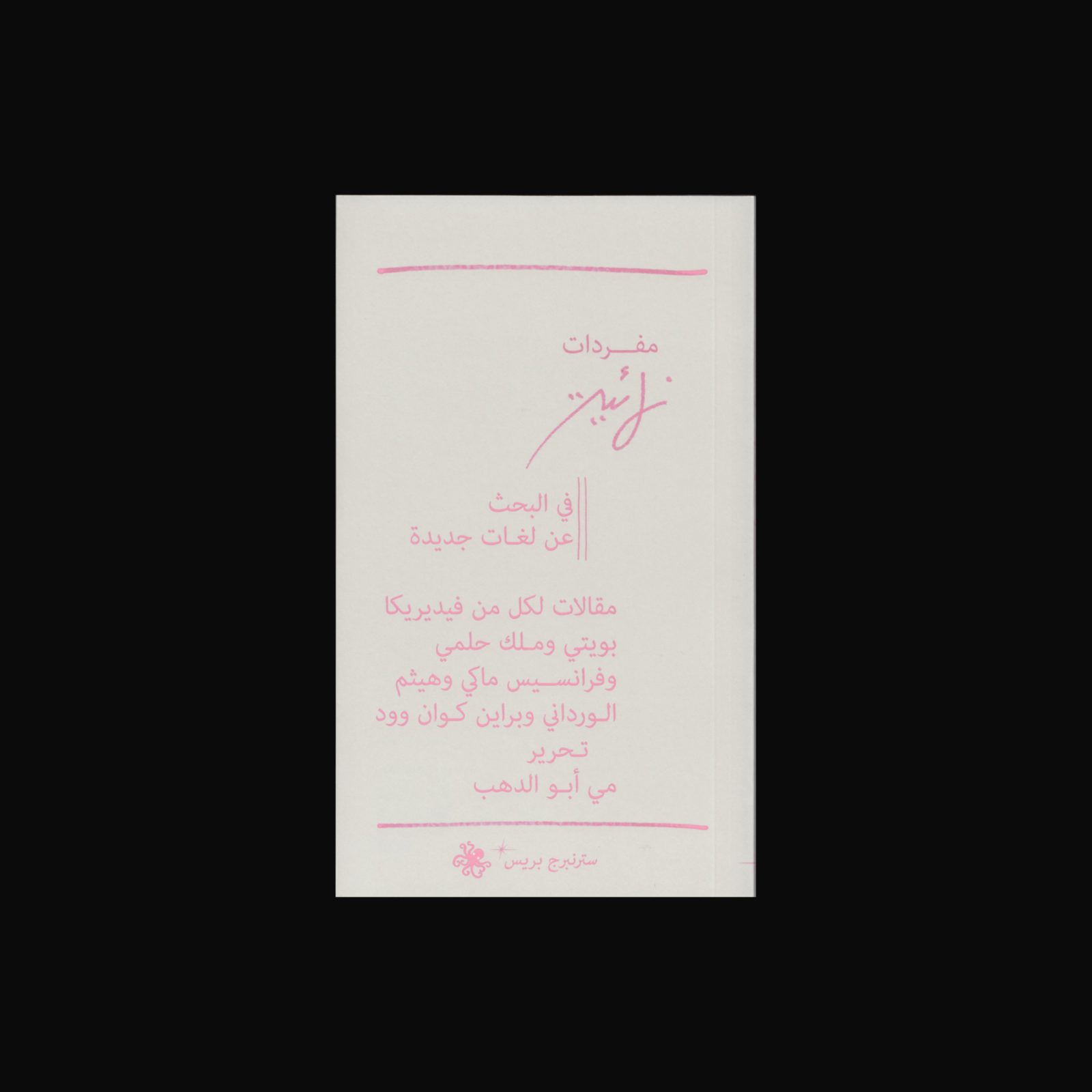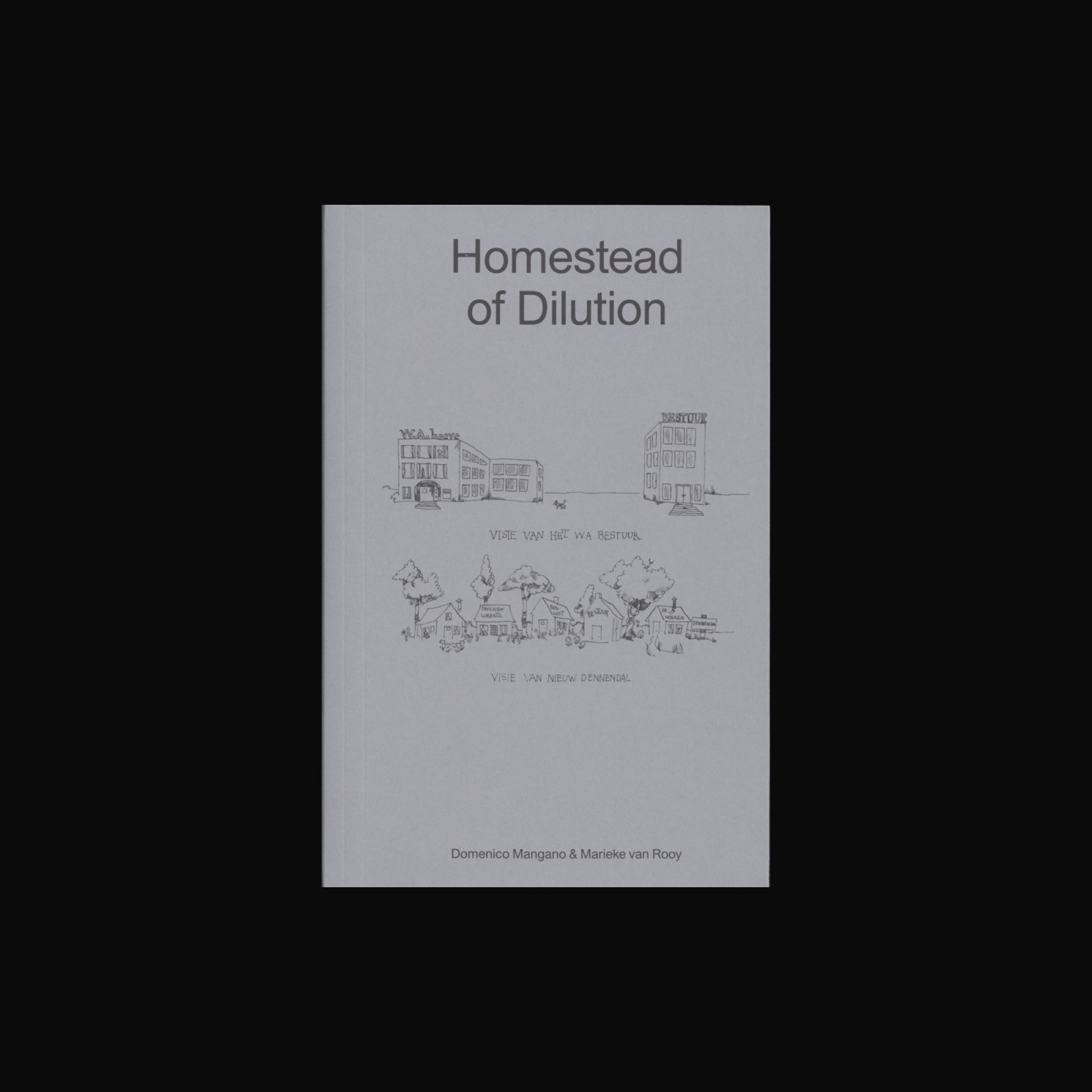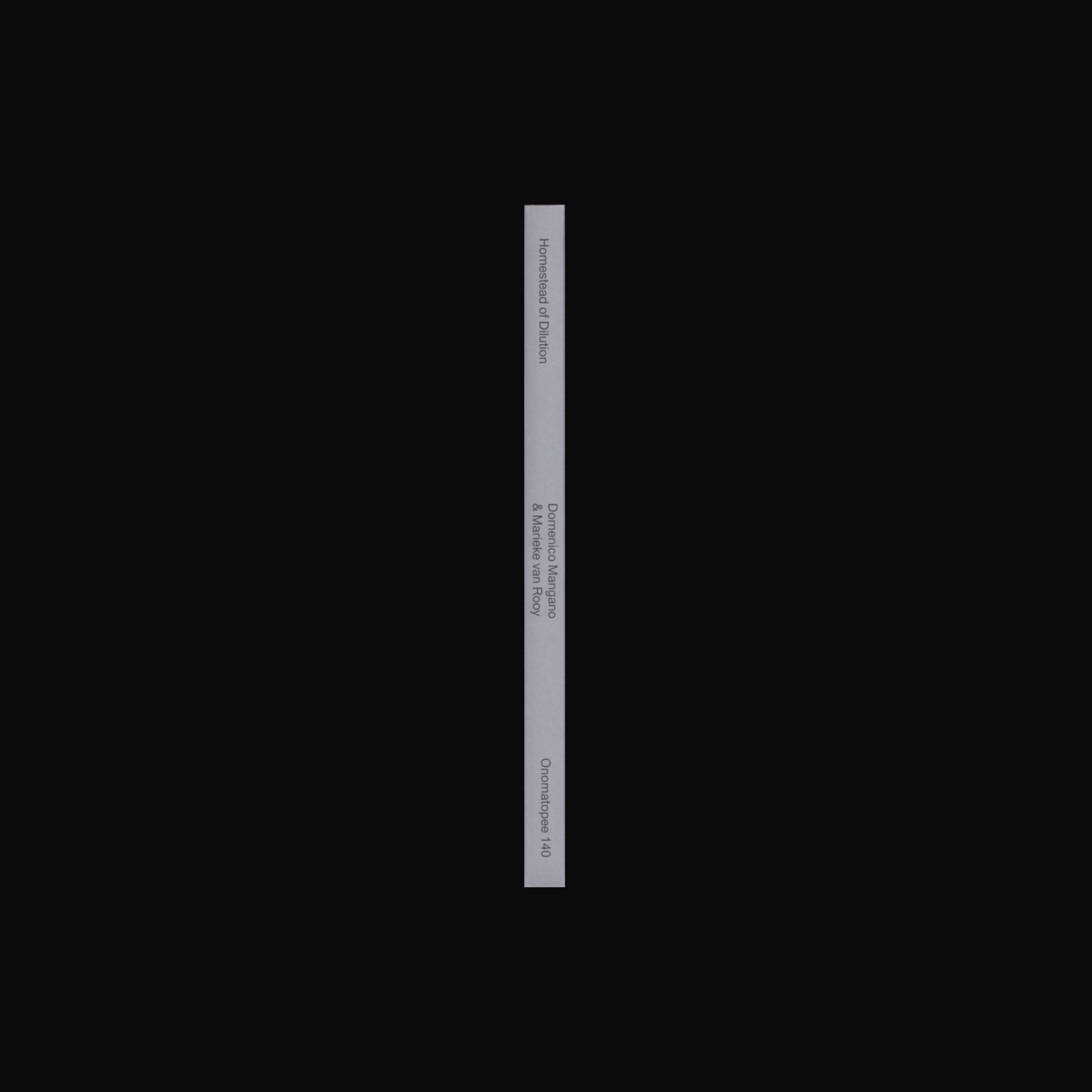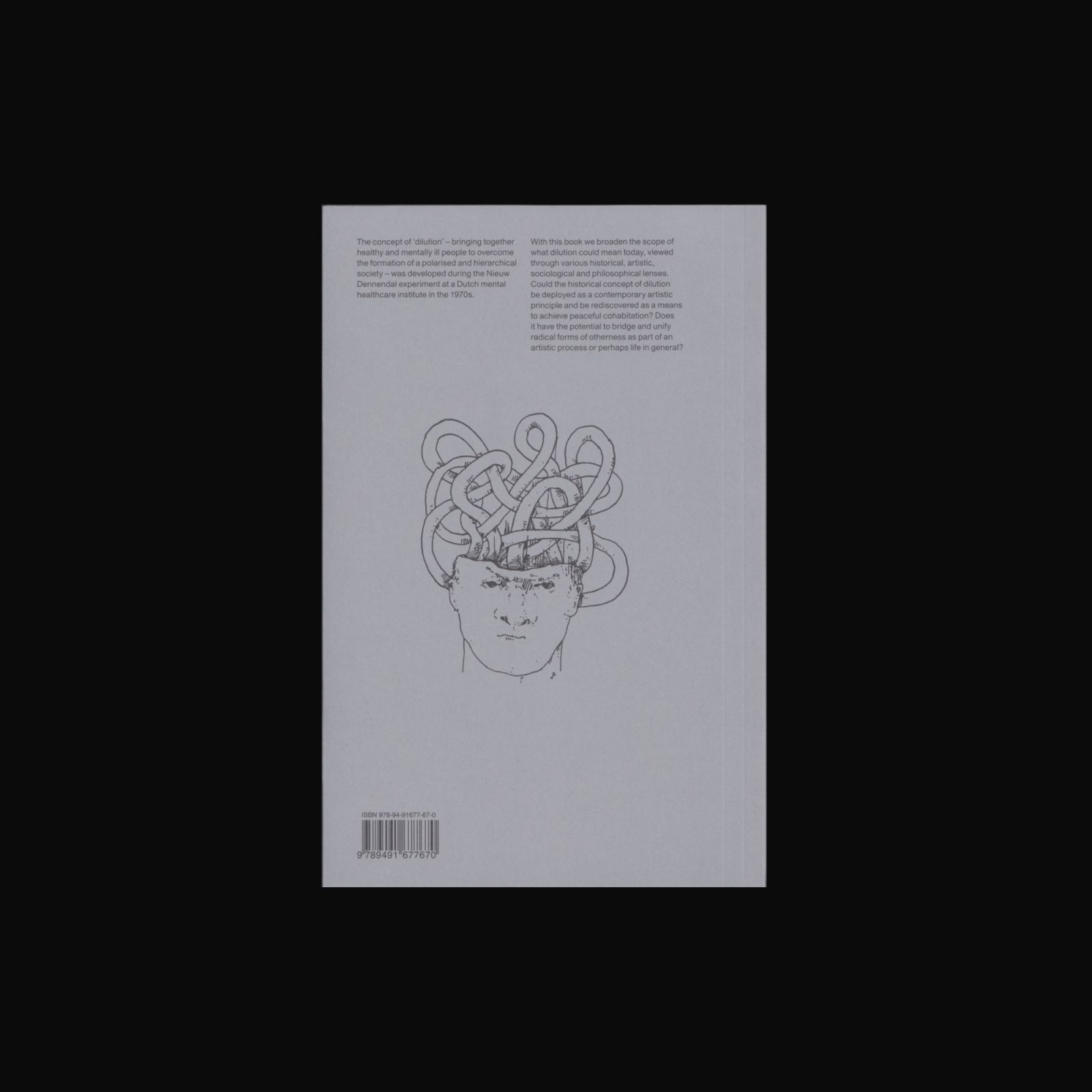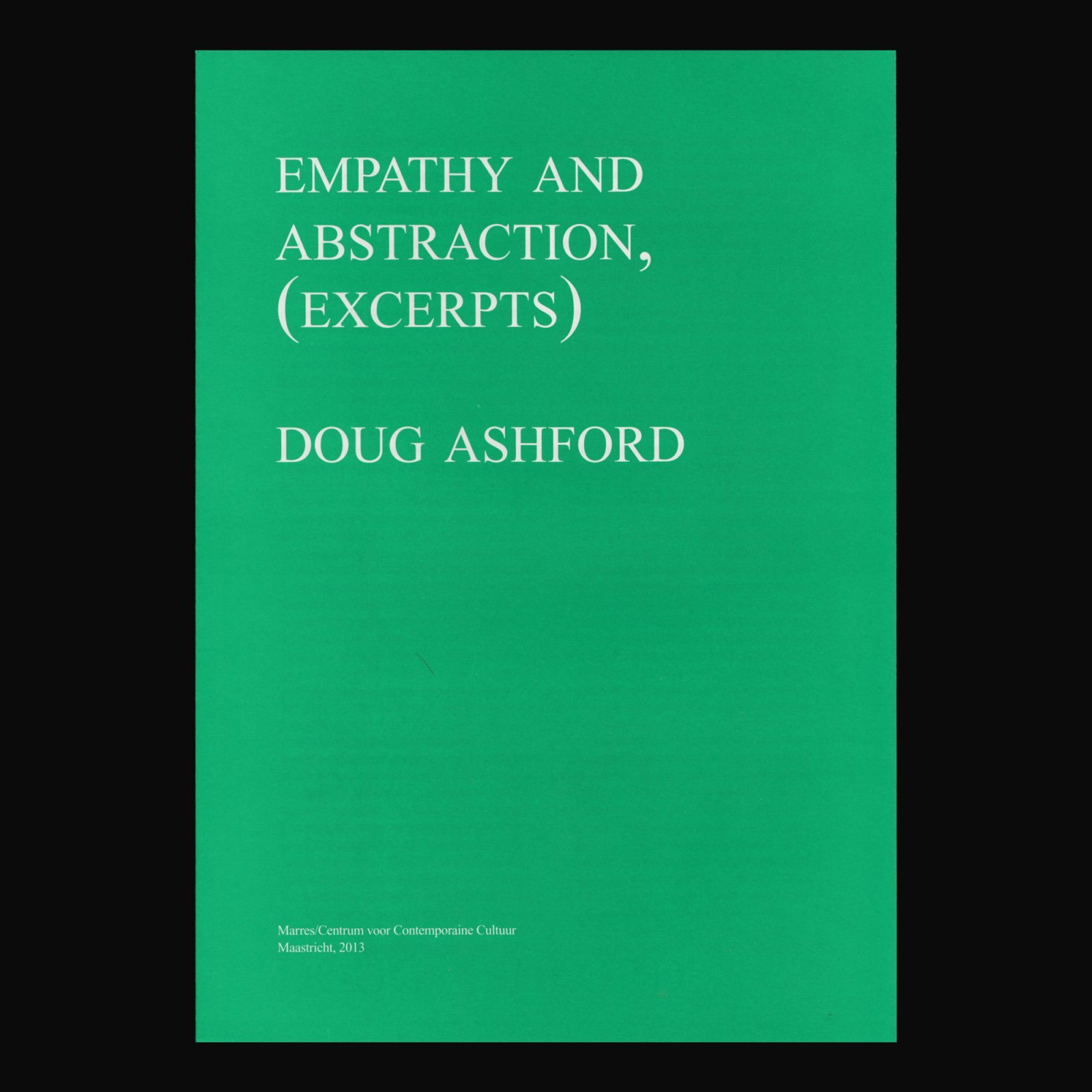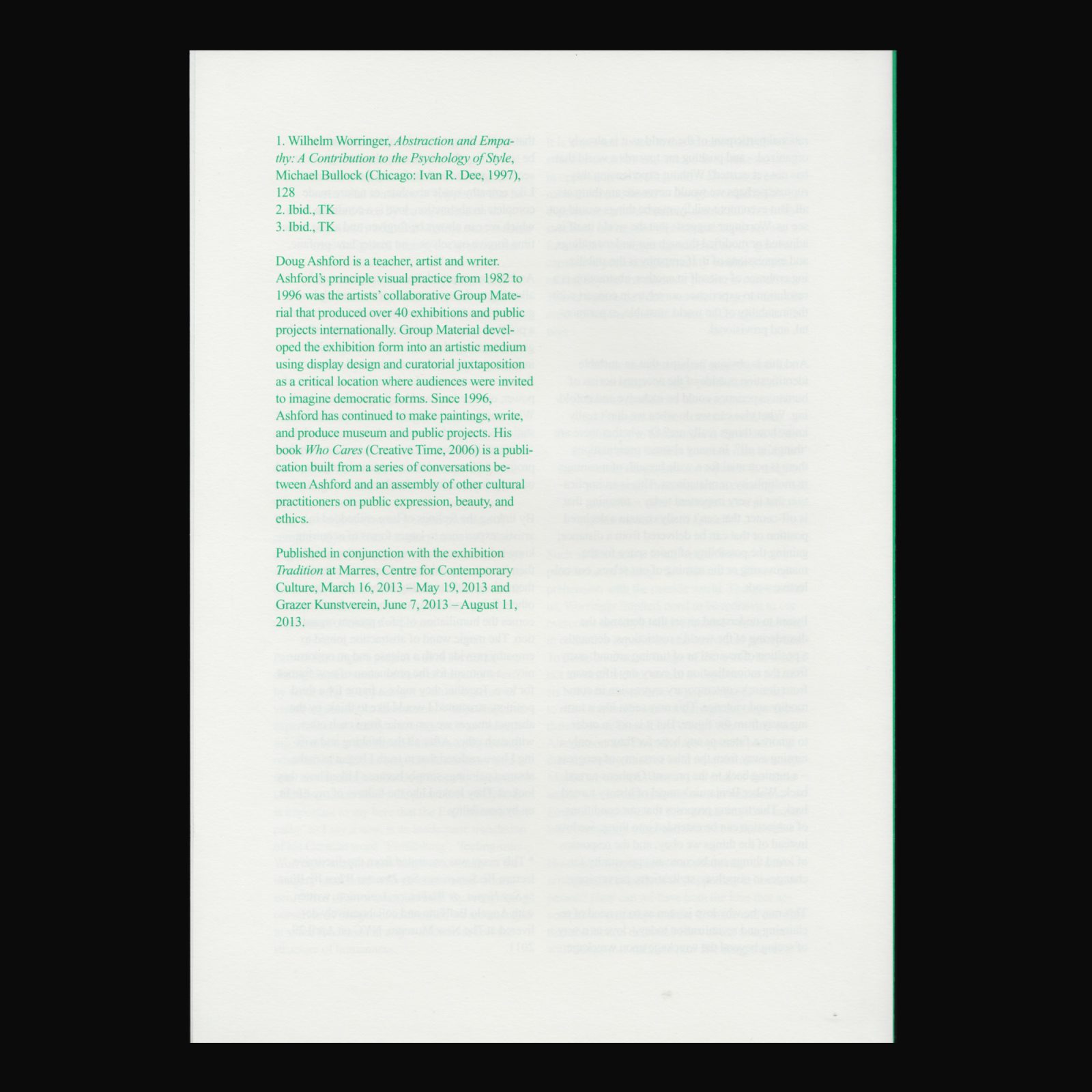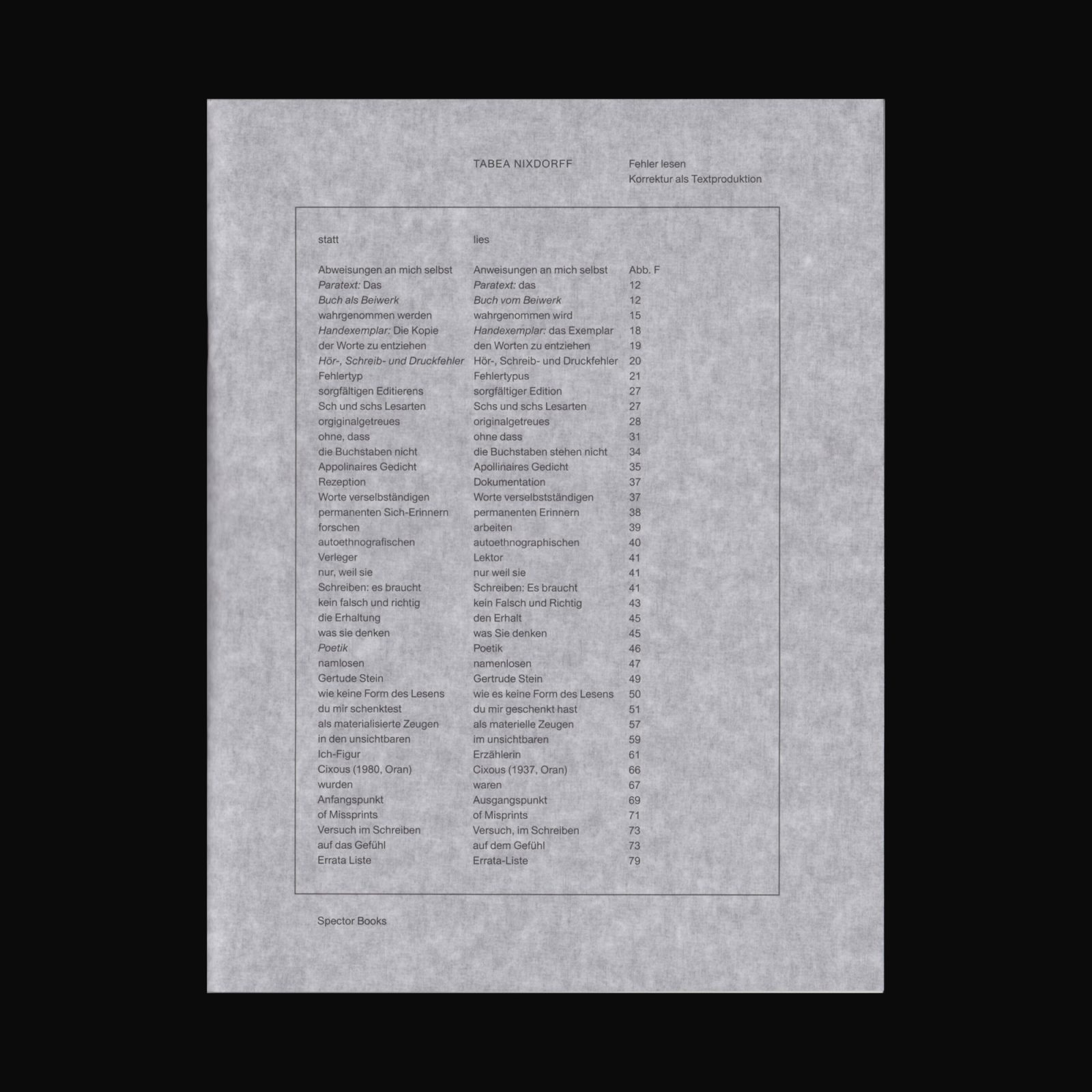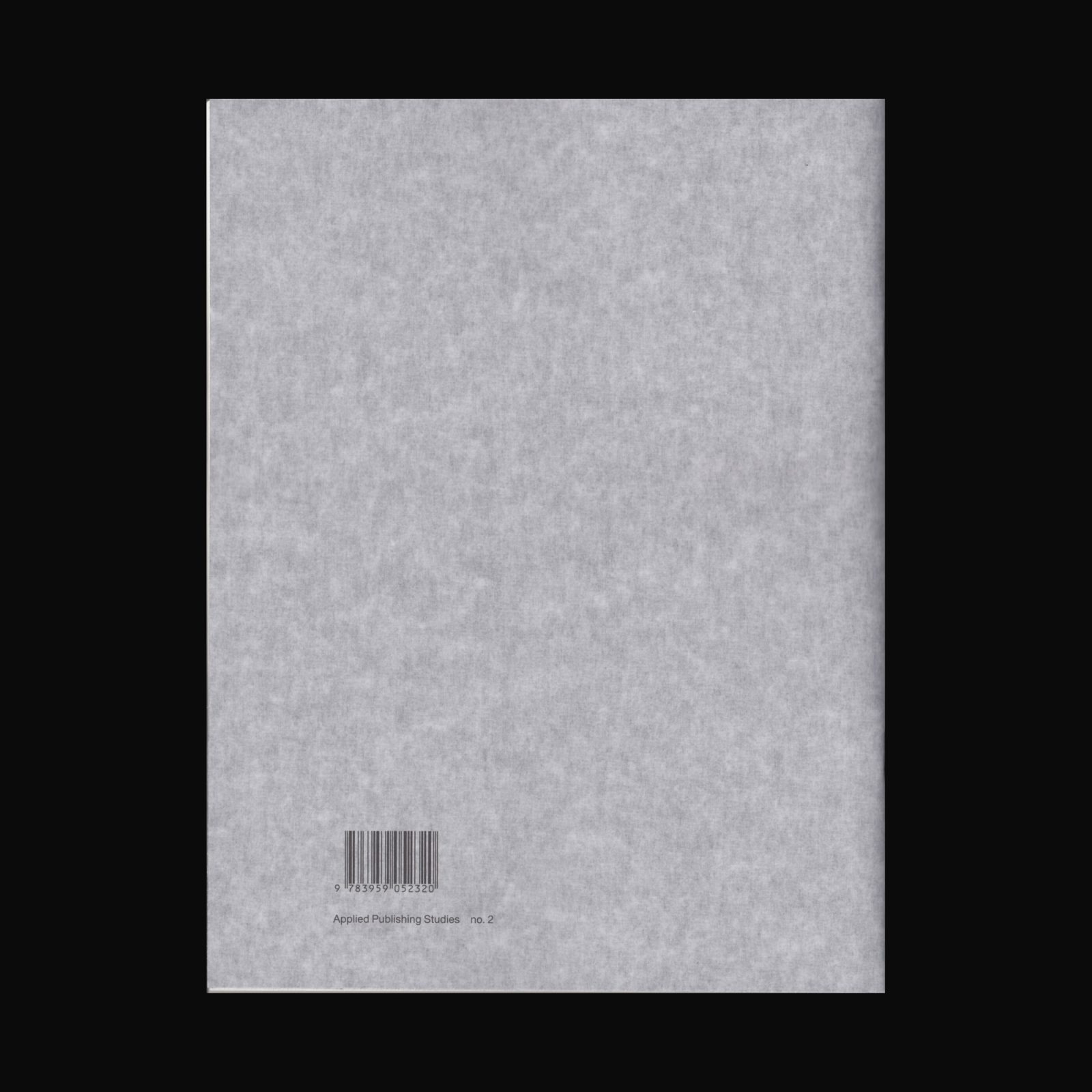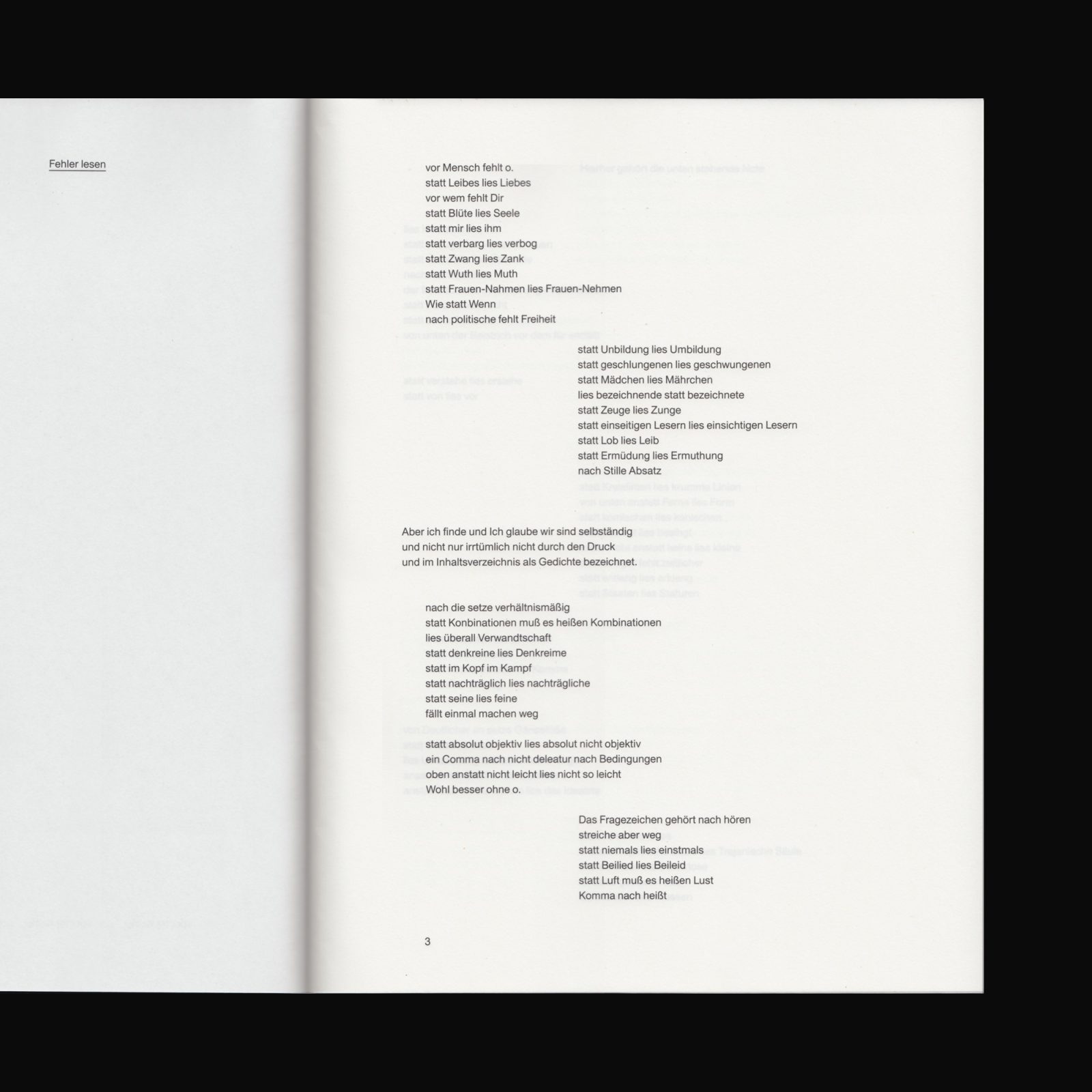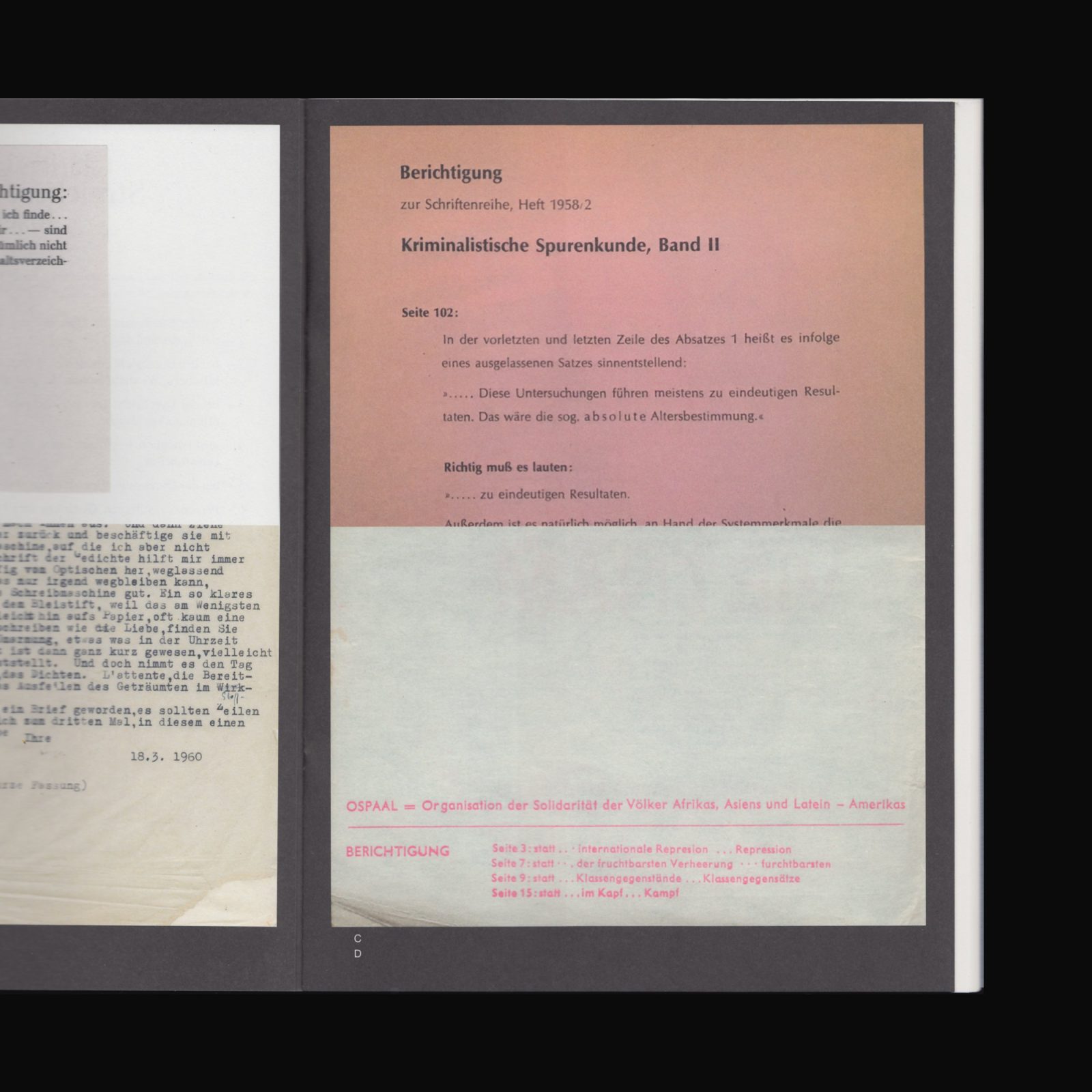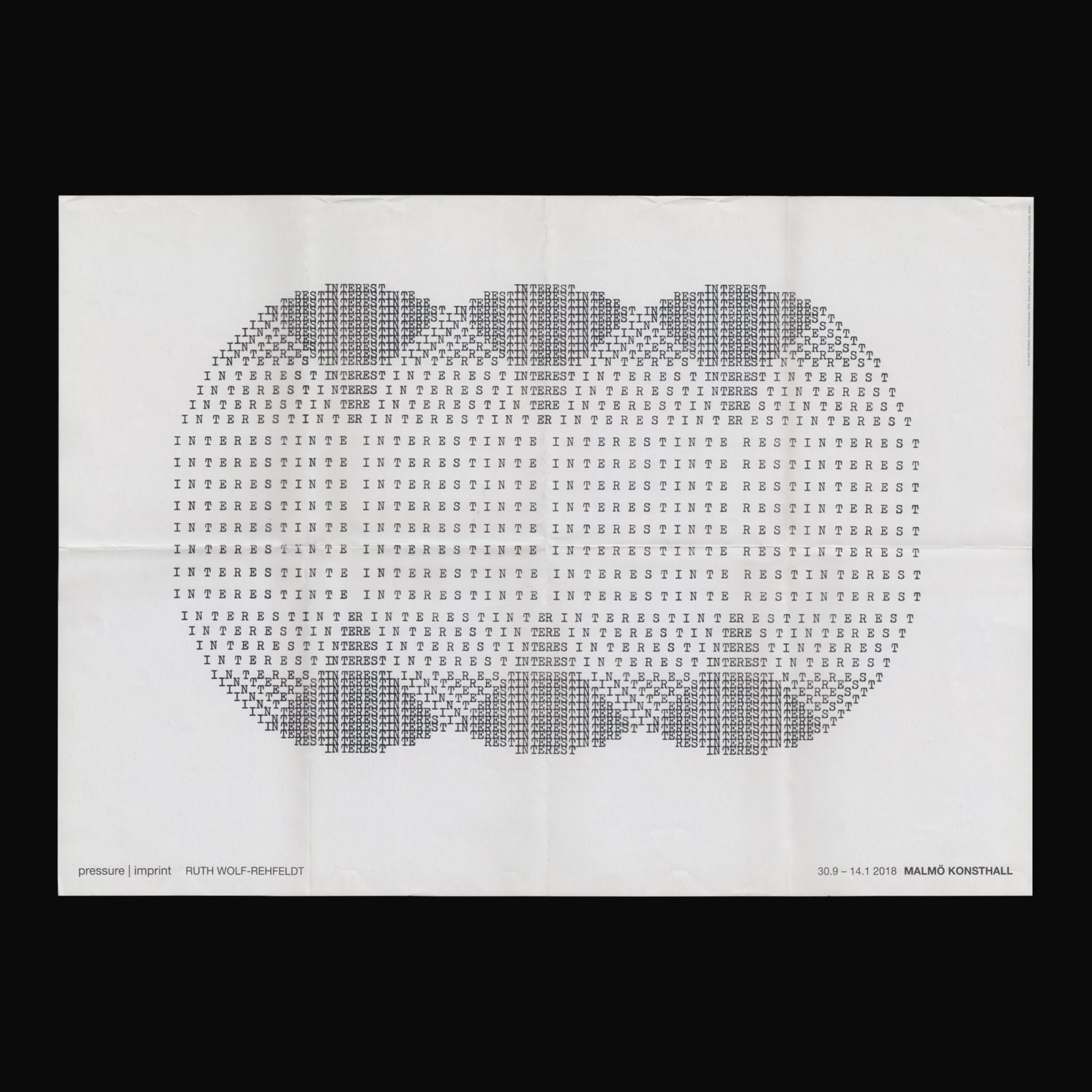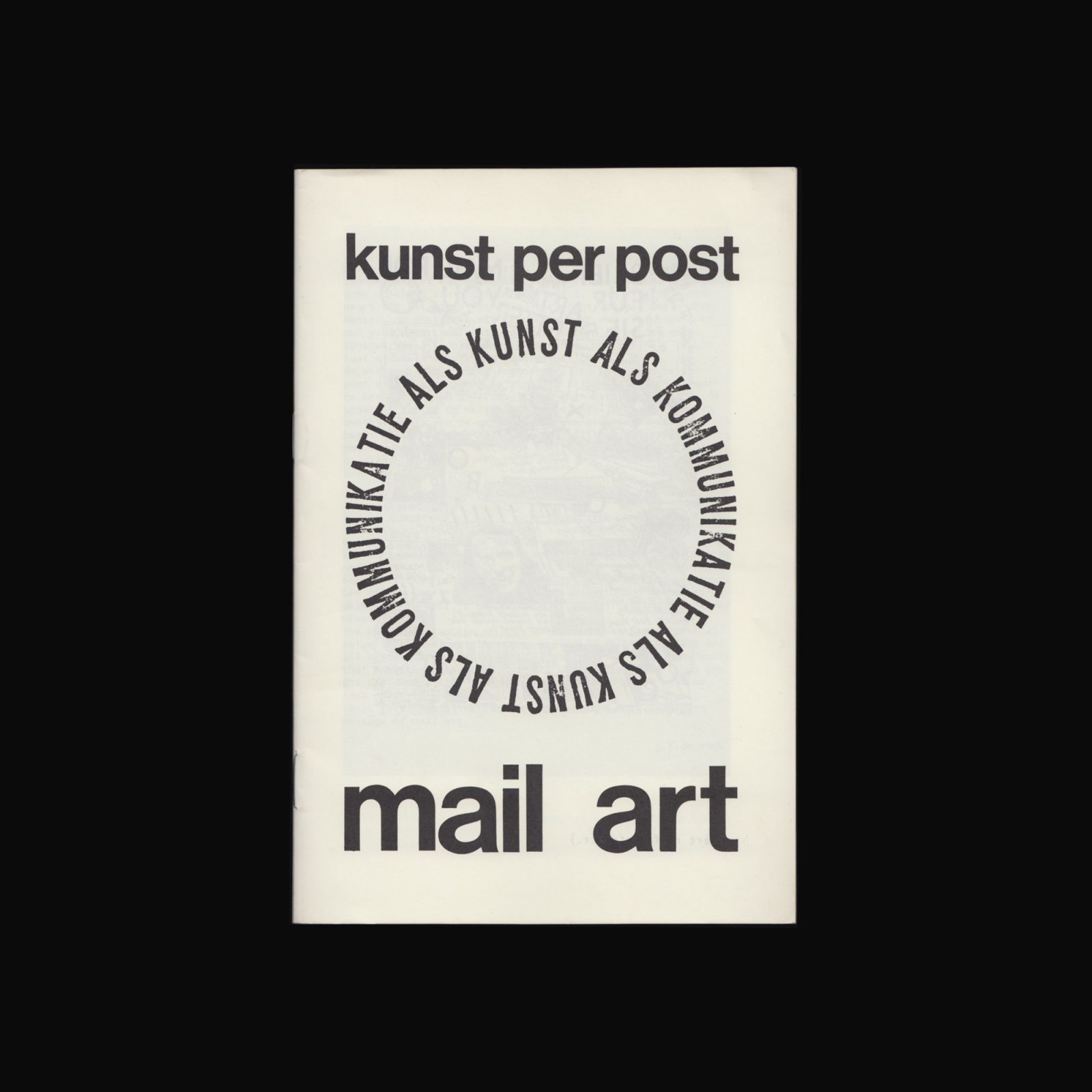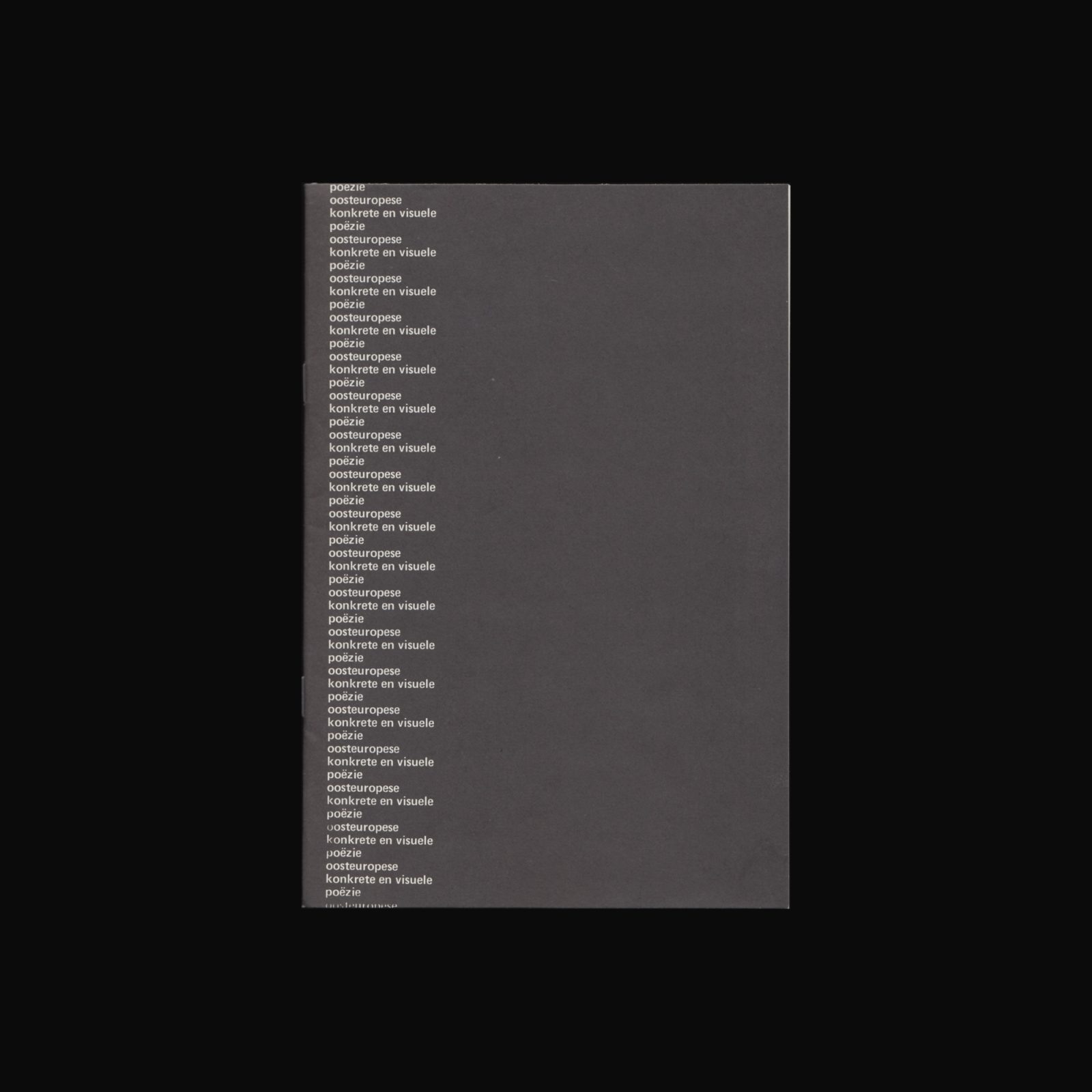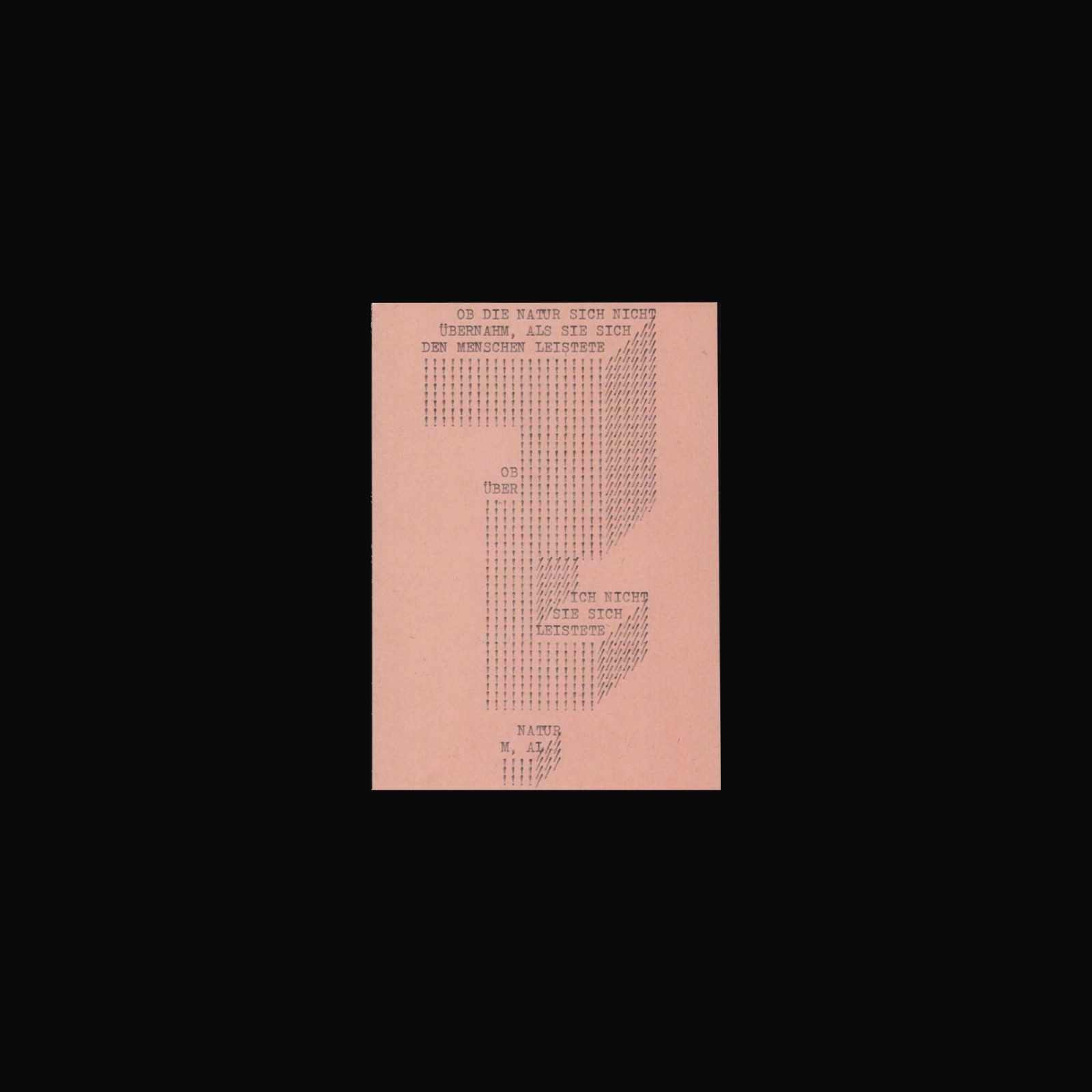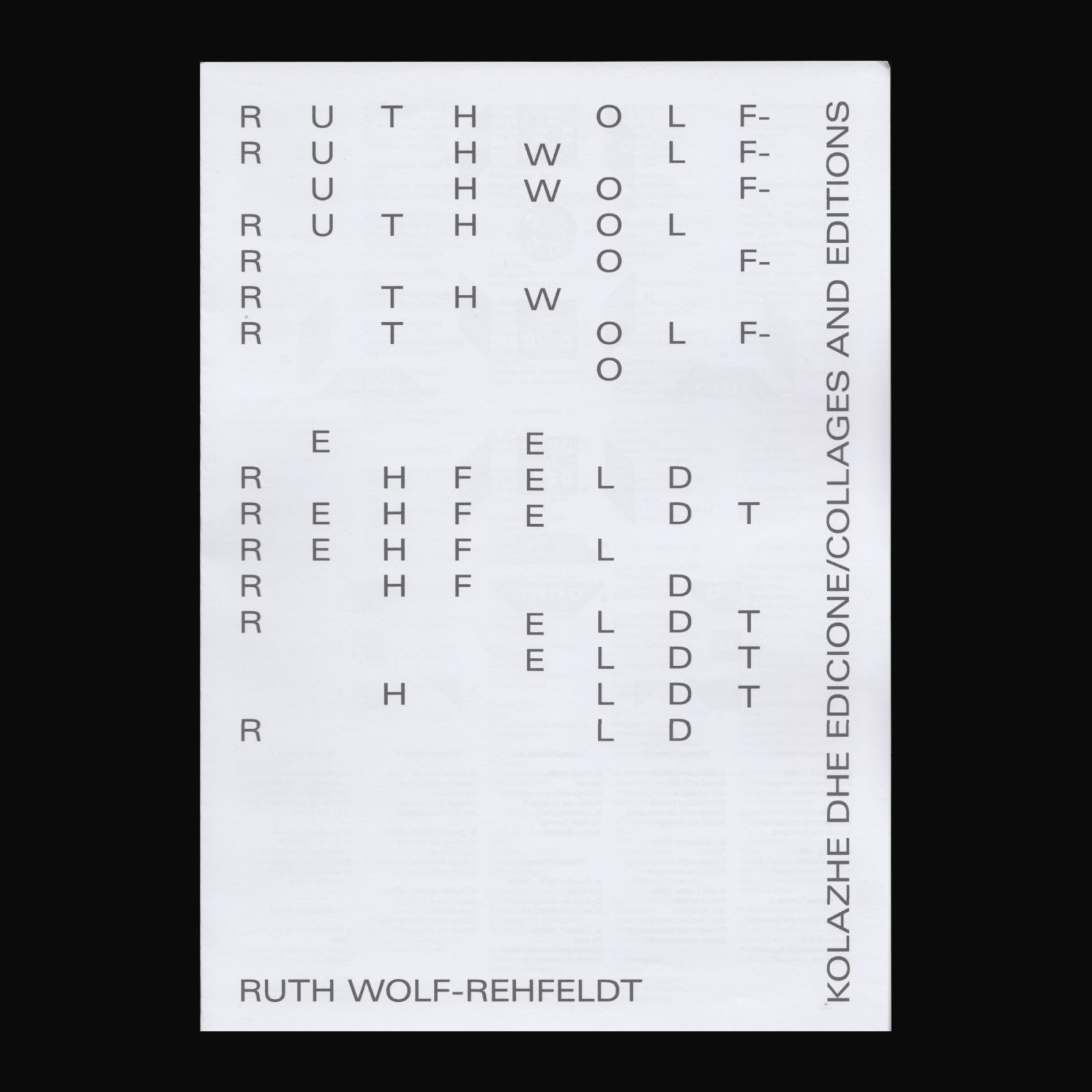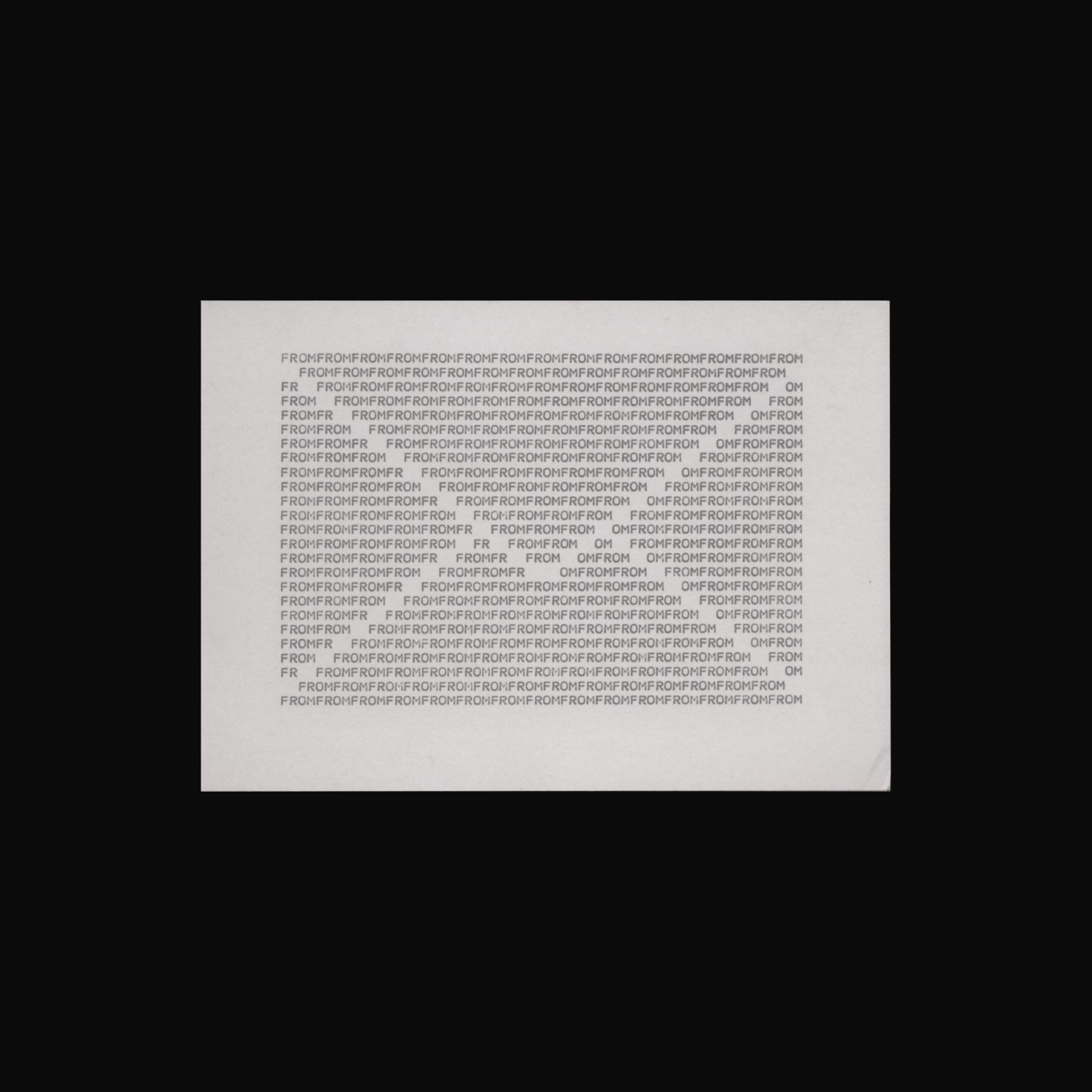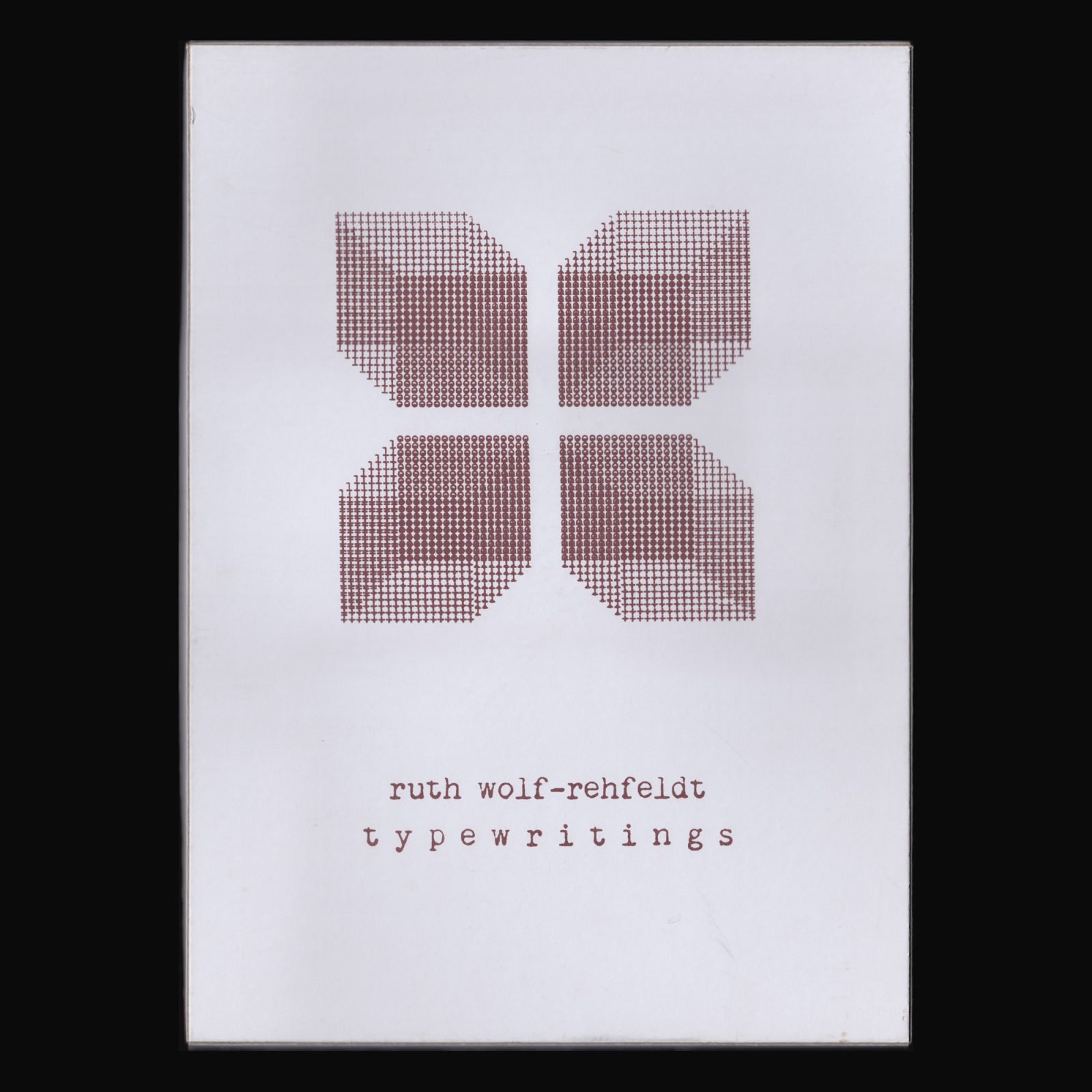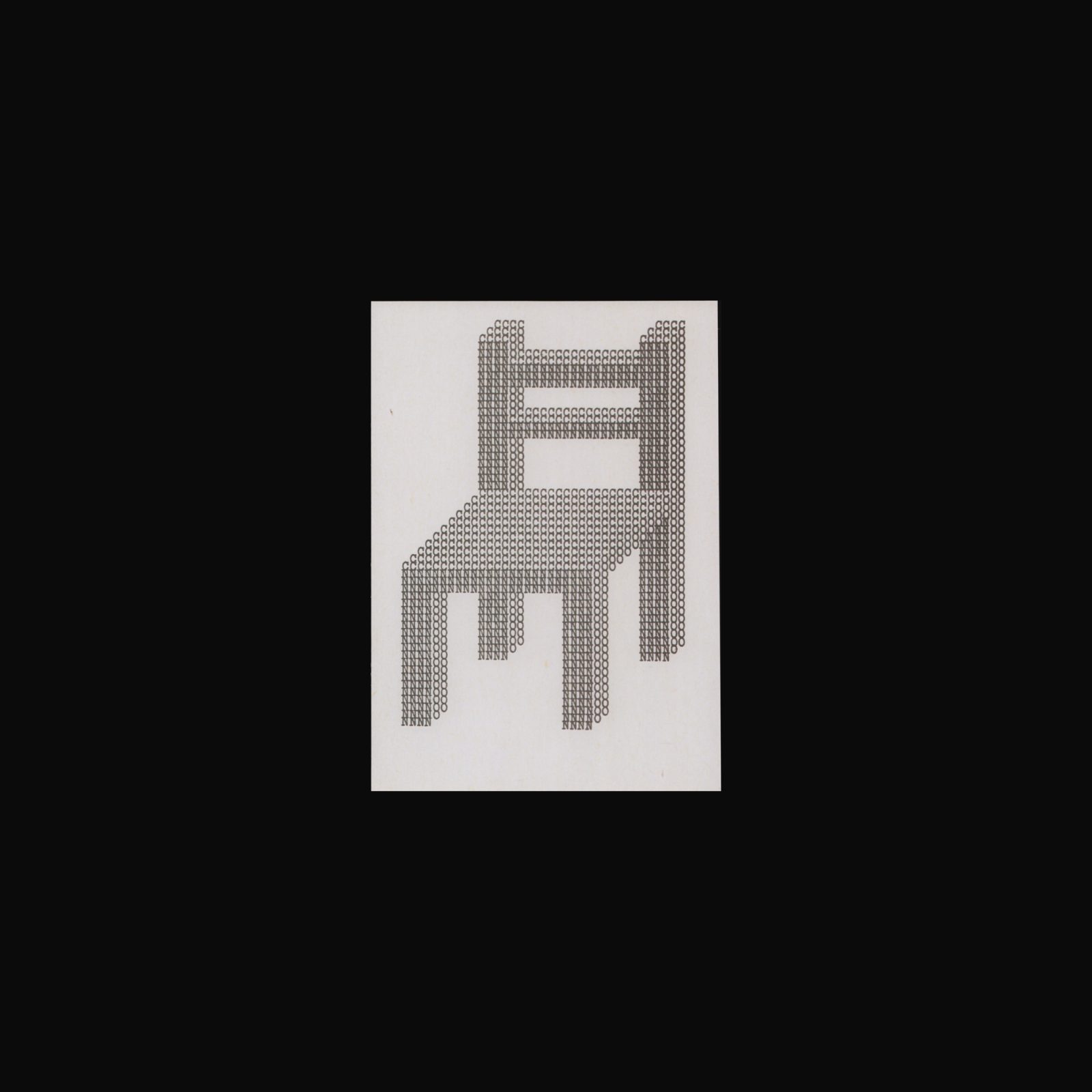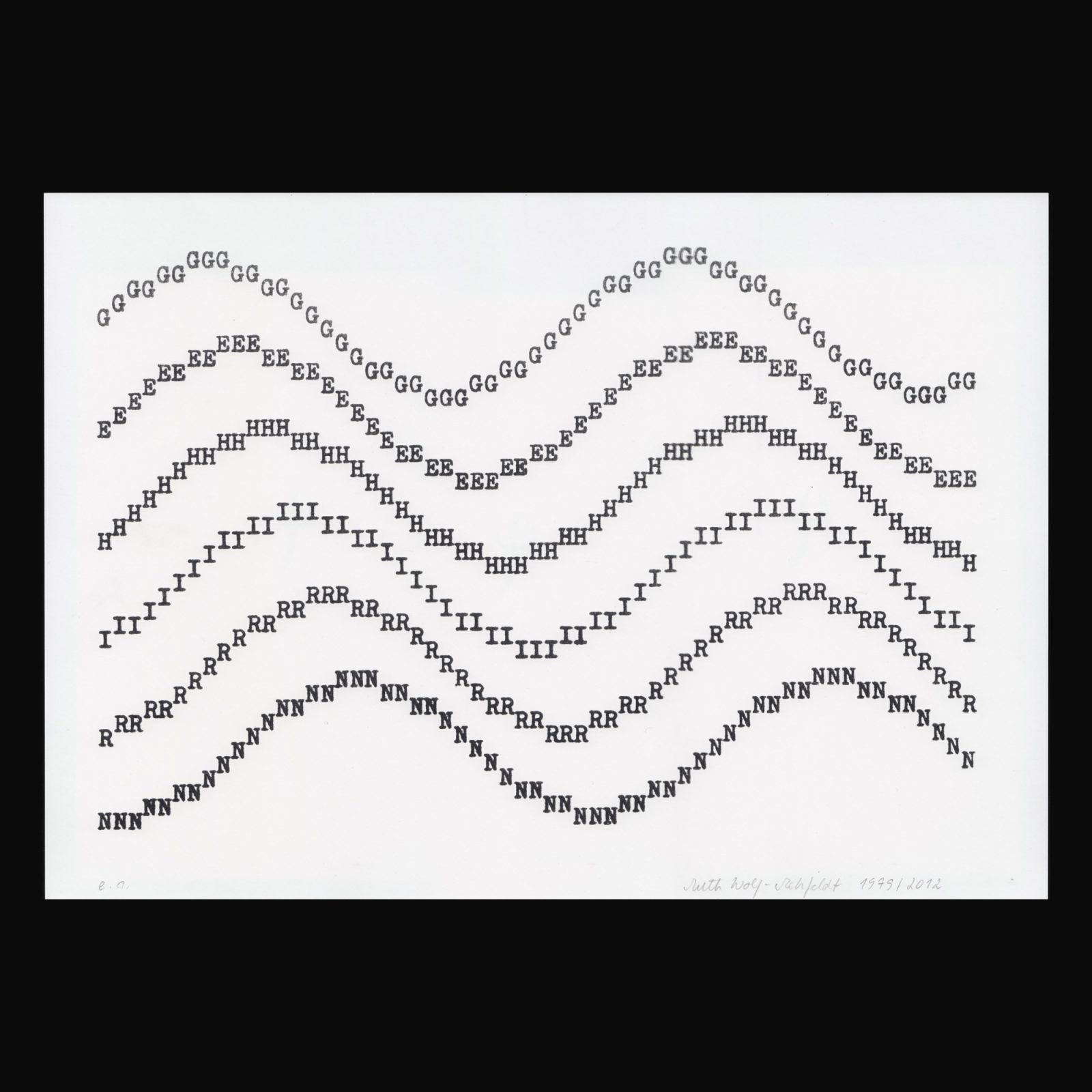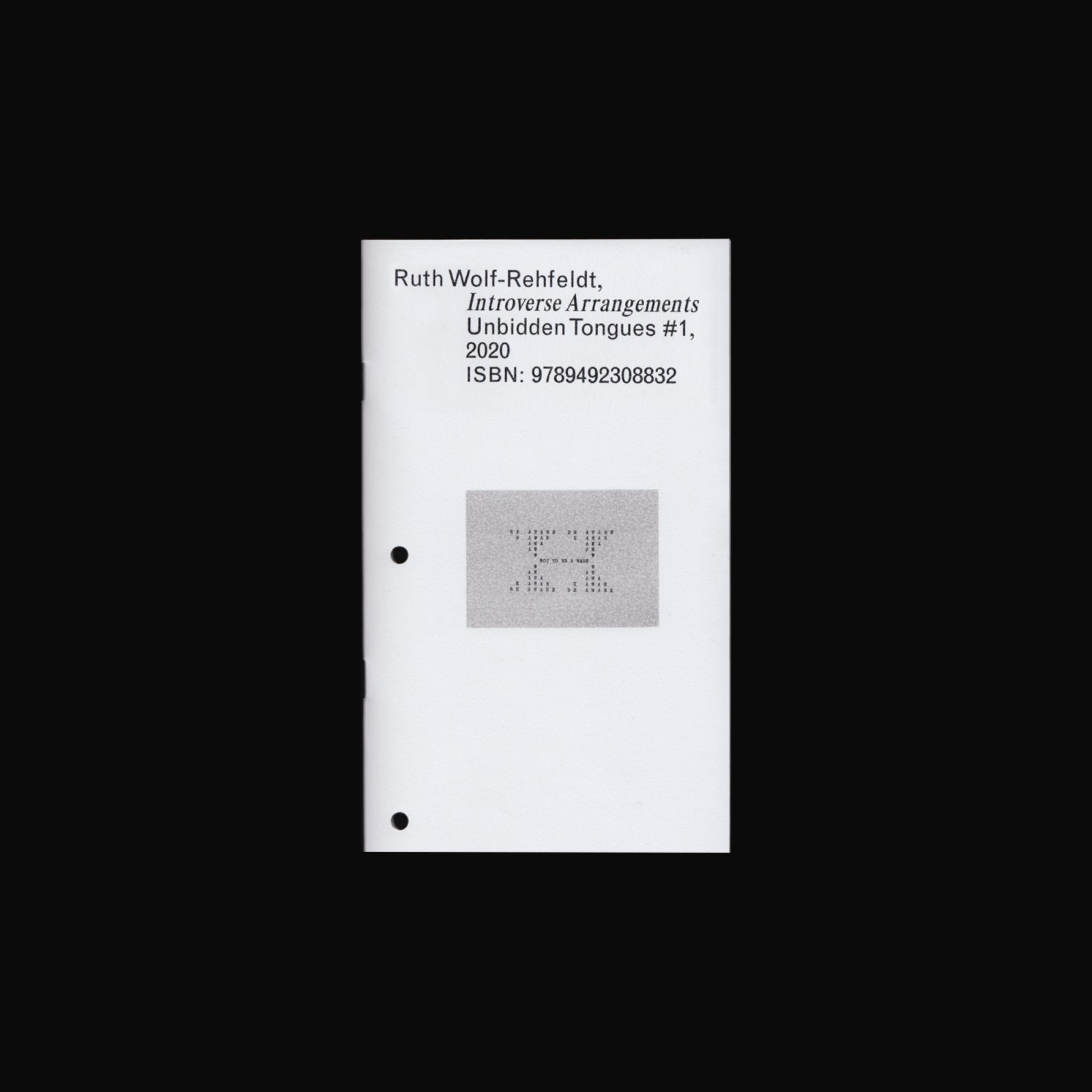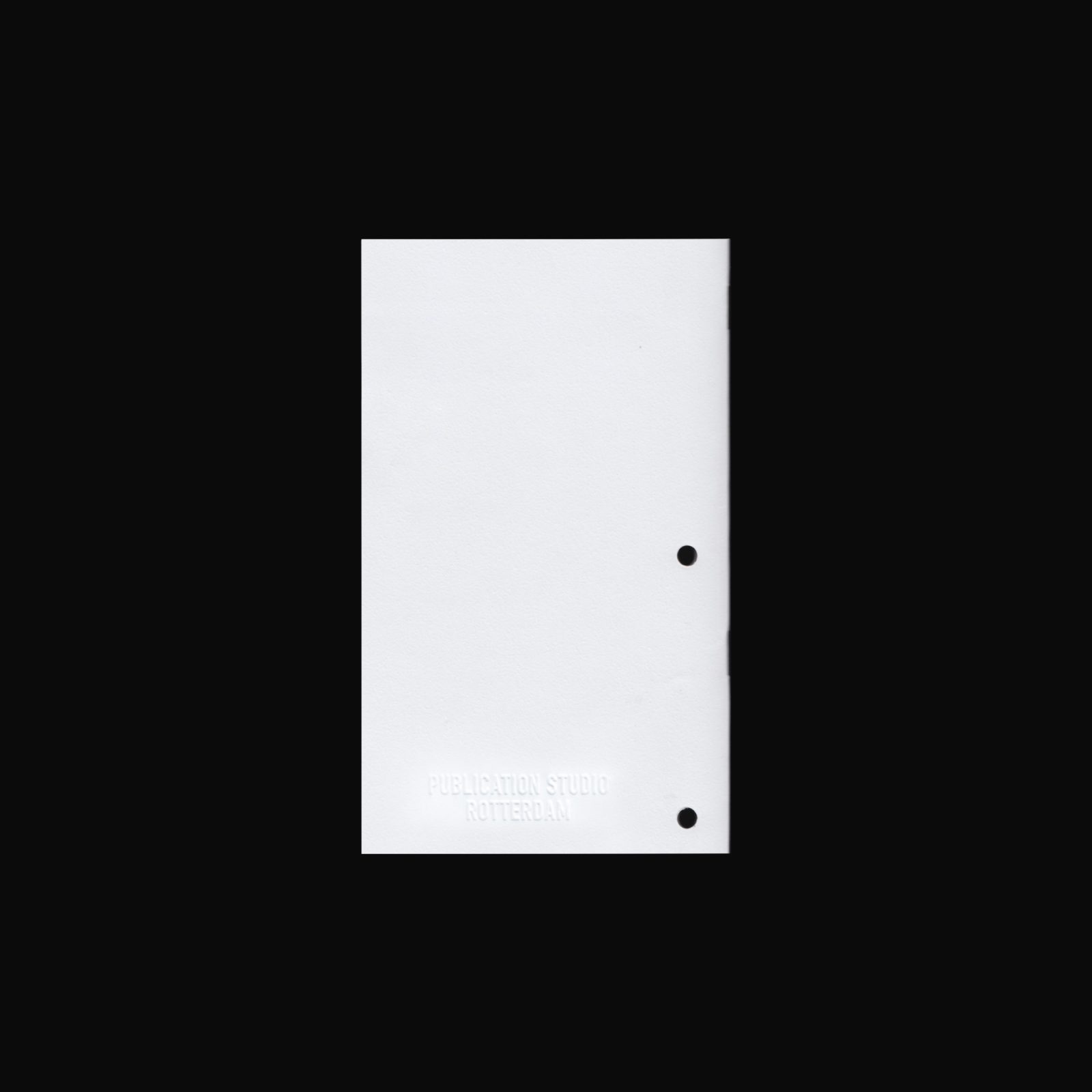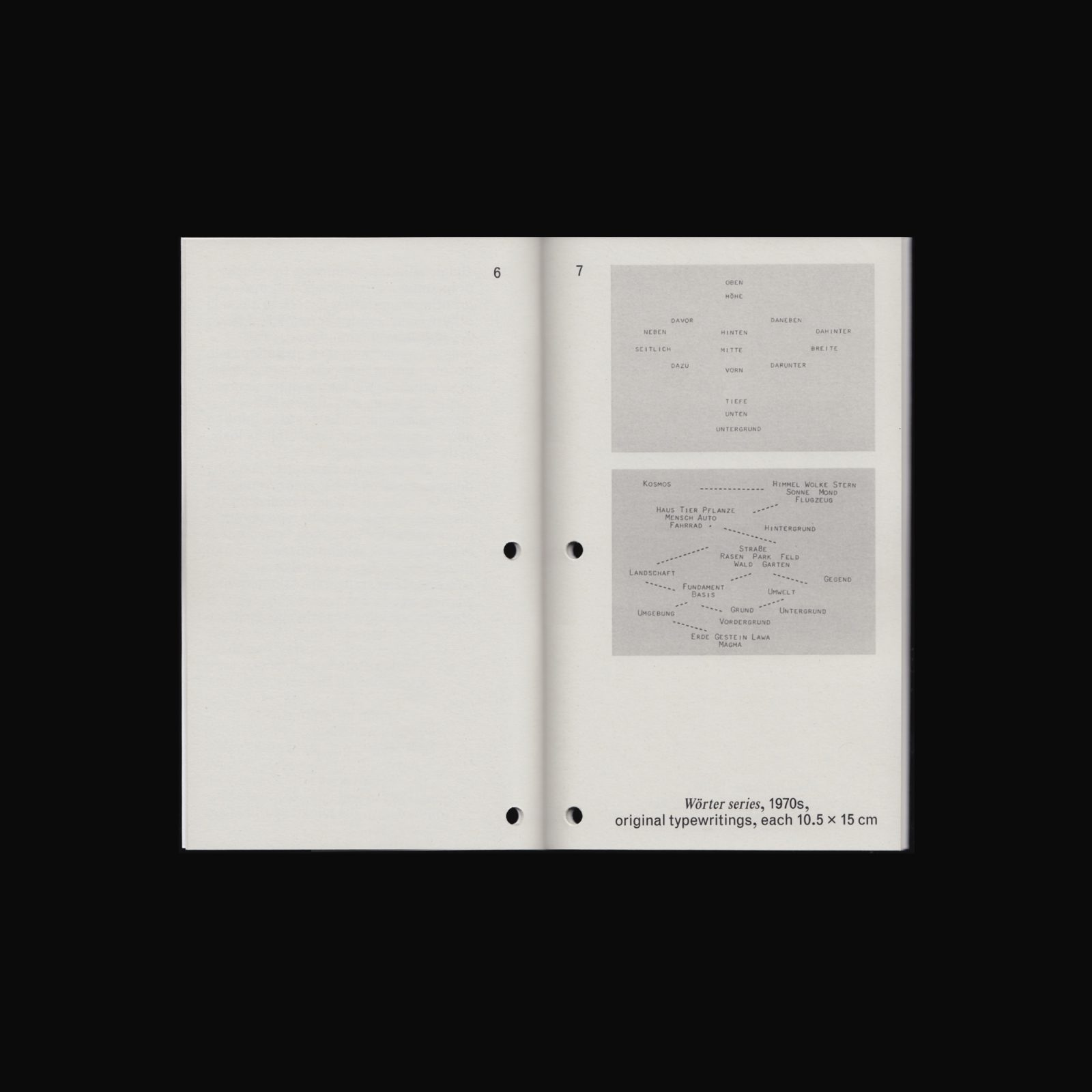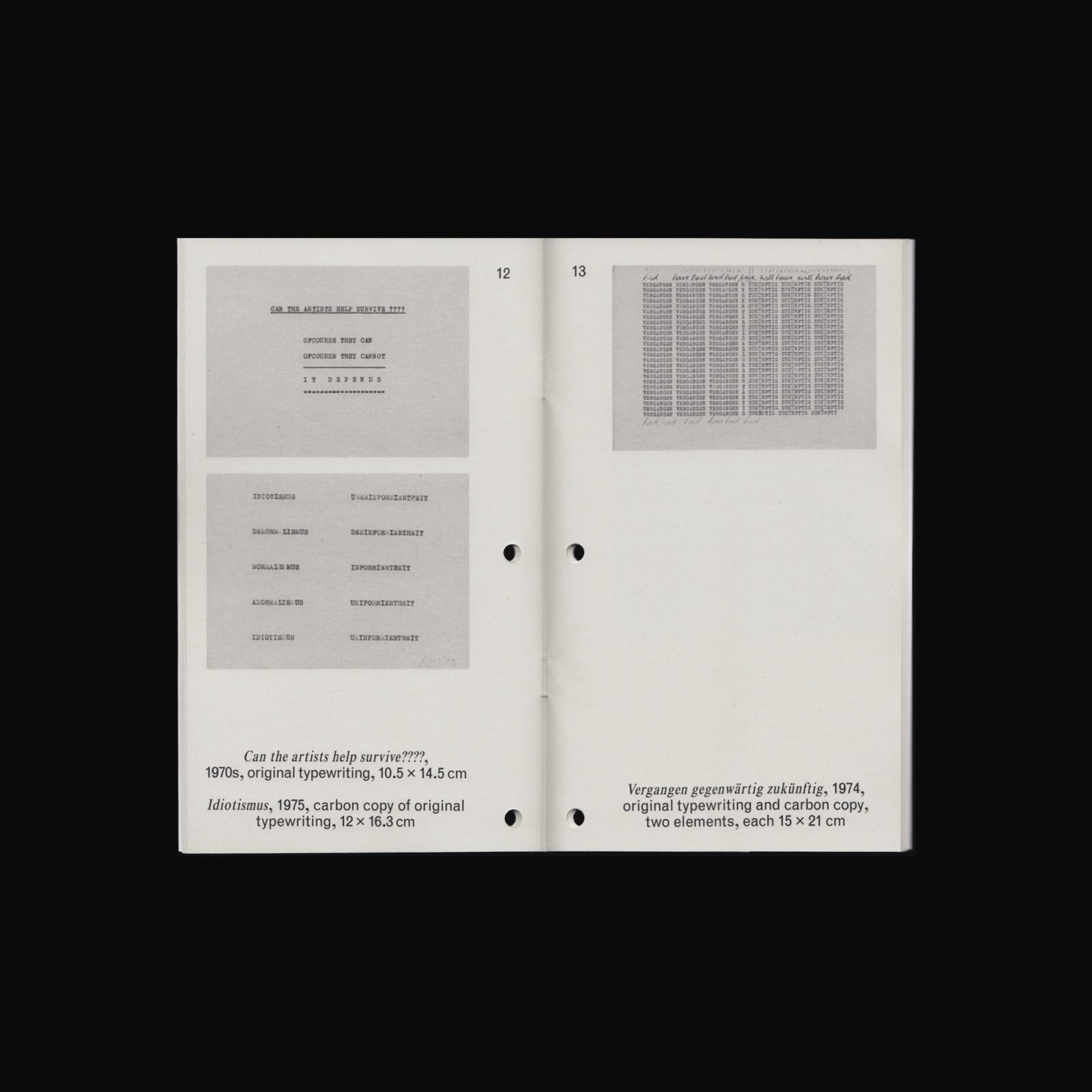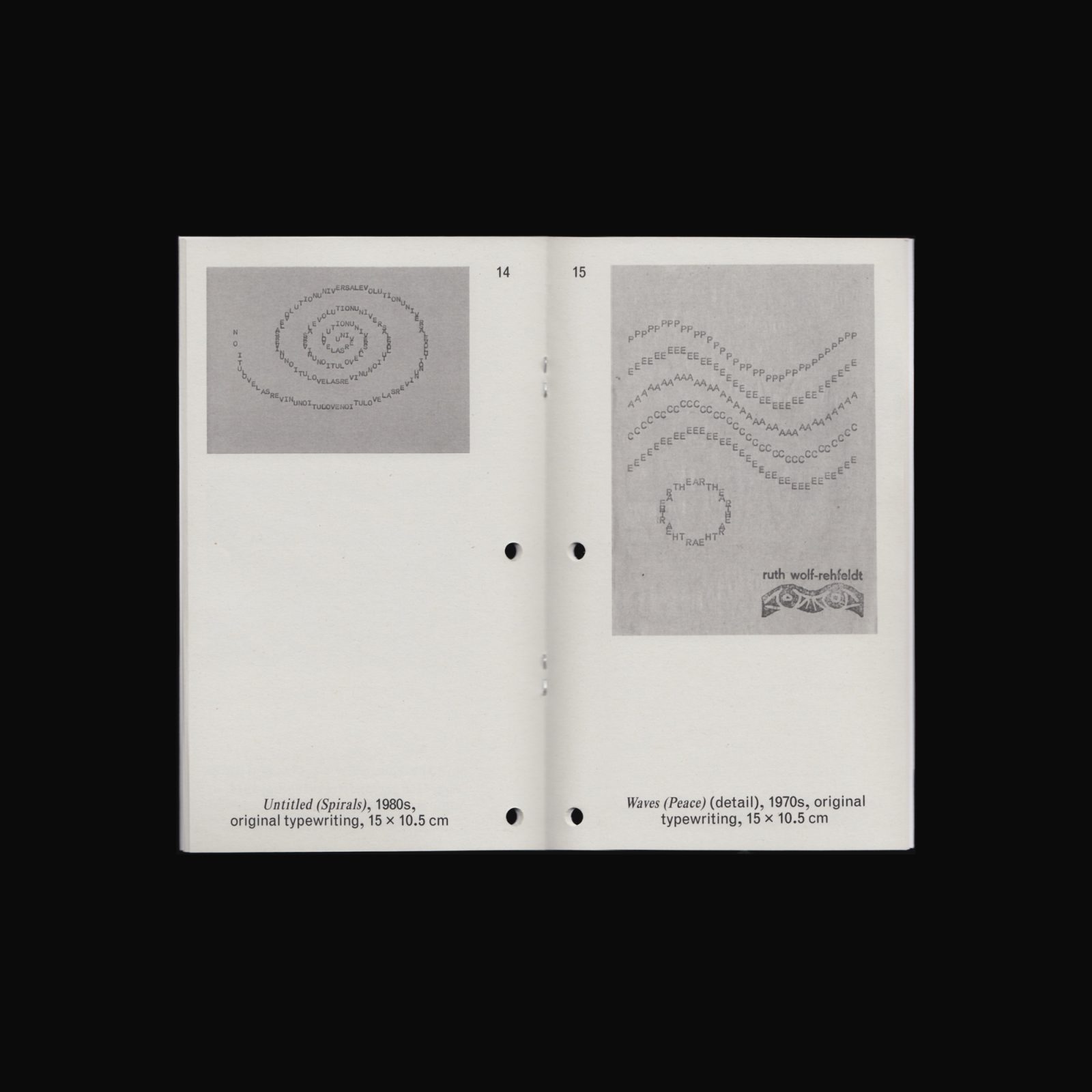With texts by Federica Bueti, Malak Helmy, Francis Mckee, Haytham El Wardany, Brian Kuan Wood.
Five essays that take an intimate look at what language’s role is in moments of dramatic change, and how to find meaning for artistic practices in these transformative conditions. Taking its cue from the aftermath of the events of the Egyptian Revolution in 2011, Final Vocabulary doesn’t provide answers as much as it captures the spirit of the moment of searching in which the writers find themselves. The book was developed out of a live conversation at an event called “The Informal Meeting” that took place in Leuven in January 2015, where participants were asked: Our histories and references are often in a different language (abstract or actual) than we use ourselves, what tools do you think are or might be useful to help you trust your own memories and narratives? What, if anything, do you think we might borrow from art to experiment with language in different situations? In English and Arabic.
